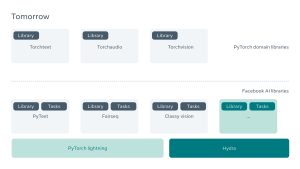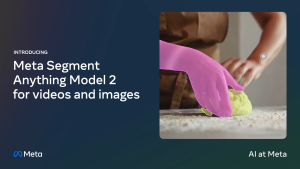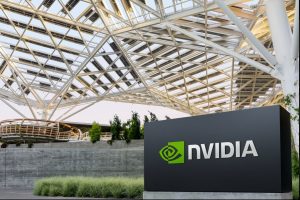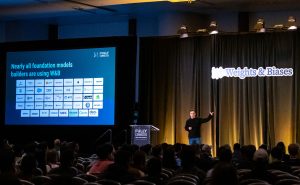MENLO PARK — In a major advancement for the field of computer vision, Facebook AI Research (FAIR) has announced the release of Detectron2, a groundbreaking object detection library built using PyTorch. This new iteration represents a significant leap forward from its predecessor, Detectron, with enhancements designed to meet the evolving needs of both researchers and industry professionals.
Detectron2, developed from the original Detectron and maskrcnn-benchmark, introduces a host of improvements that aim to revolutionize object detection workflows. The new library features a modular and extensible design that allows users to seamlessly integrate custom modules and rapidly experiment with cutting-edge research models. This flexibility is expected to accelerate innovation in object detection, segmentation, and human pose prediction.
“Detectron2 is a testament to the power of collaborative innovation in AI,” said Dr. Maria Johnson, a leading computer vision researcher and professor at Stanford University. “Its integration with PyTorch and its modular architecture will undoubtedly facilitate more rapid development and deployment of advanced computer vision models.”
One of the standout features of Detectron2 is its support for a wide range of tasks, including object detection, semantic segmentation, and panoptic segmentation. Additionally, the library introduces new models such as Cascade R-CNN and TensorMask, expanding the toolkit available to researchers and practitioners.
The release of Detectron2 is poised to impact various sectors, from autonomous vehicles to augmented reality, by providing a robust foundation for developing sophisticated visual recognition systems. The library’s compatibility with PyTorch, a popular deep learning framework, ensures that users benefit from a more intuitive programming model and access to a vibrant community of developers.
Furthermore, Detectron2 includes Detectron2go, an additional software layer that simplifies the deployment of models to production environments. This feature is expected to enhance the library’s utility in real-world applications, enabling more efficient integration into commercial systems.
As the AI research community begins to explore the capabilities of Detectron2, the library is expected to drive significant advancements in object detection technology. Researchers and industry professionals alike are eager to leverage this tool to push the boundaries of what is possible in computer vision.



















